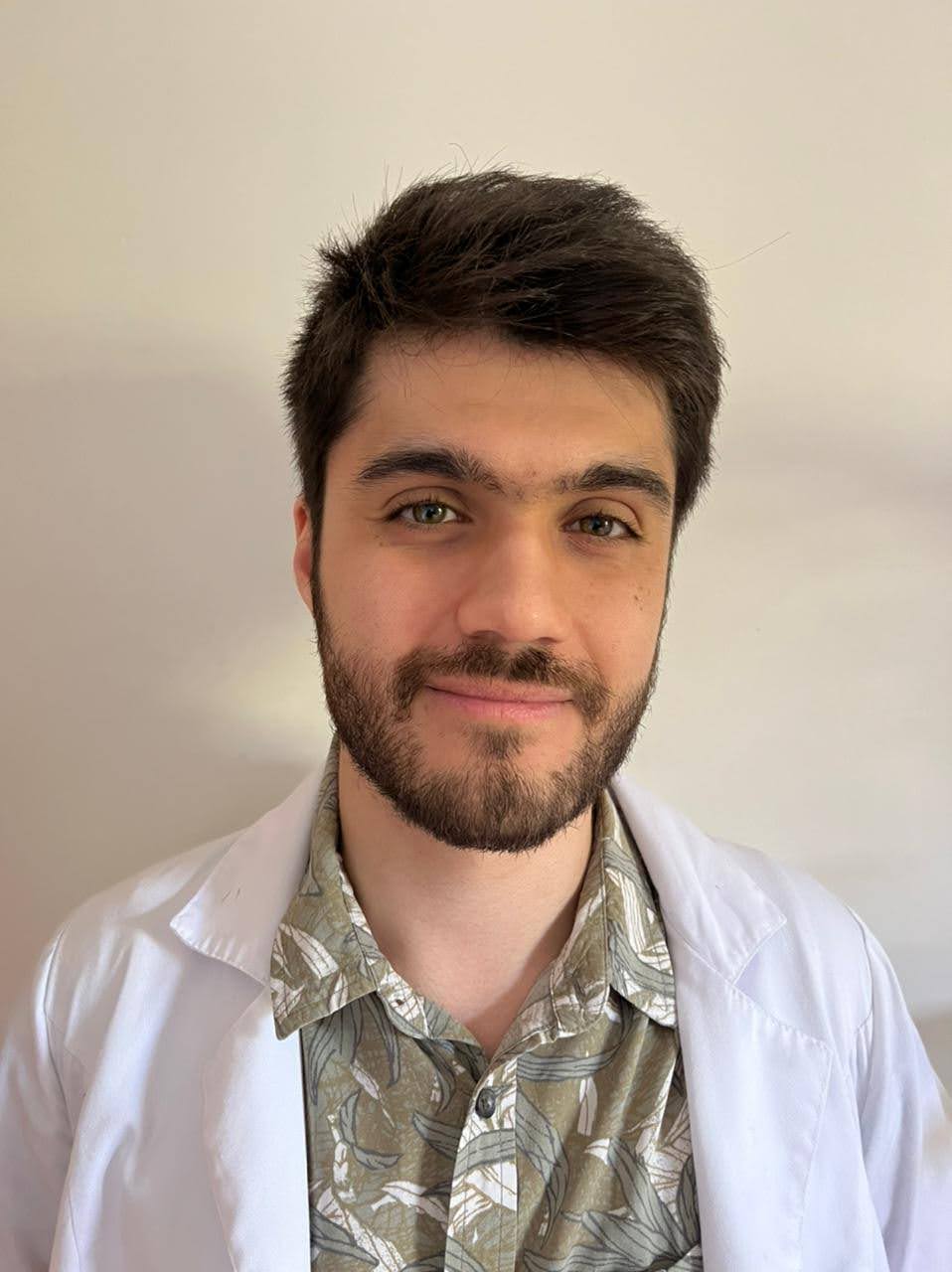Brief Oral Papers
Neurocognitive Disorders, Delirium, and Neuropsychiatry
Reliability and Validity of the Spanish Adaptation of the Stanford Proxy Test for Delirium (S-PTDsv) in Two Clinical Communities

Sanndy Infante-Reyes
Adjunct professor
Pontificia Universidad Católica de Chile
Santiago, Region Metropolitana, Chile- AB
Alex Behn, PhD
Associate Professor
Pontificia Universidad Católica de Chile
Santiago, Region Metropolitana, Chile - MG
Matías González, PhD
Head of the Liaison Psychiatry and Psychosomatic Medicine Unit, Puerto Montt, SSDR.
Department of Psychiatry, School of Medicine, Catholic University of Chile.
Frutillar, Los Lagos, Chile 
Luis Pintor, MD, PhD
Head of Consultation liaison Psychiatry Unit
Hospital Clinico of Barcelona
Barcelona, Catalonia, Spain
Eduardo Franco, PhD
Research and Intelectual creativity director
Universidad María Auxiliadora
Lima, Lima, Peru
Pablo Araya, MD
Resident (Psychiatry)
University of Chile
Santiago, Region Metropolitana, Chile.jpg)
Jose R. Maldonado, MD, FACLP, FACFE (he/him/his)
Chief, Division of Medical Psychiatry
Stanford University
Menlo Park, California
Co-Author(s)
Presenting Author(s)
Background: Delirium is the most prevalent neuropsychiatric syndrome experienced by patients admitted to in-patient clinical units, occurring in at least 20% of hospitalized medically-patients and up to 85% of those admitted to critical care units. Although current guidelines recommend the implementation of universal prevention strategies, the use of management strategies largely depend on constant surveillance and screening. This allows for the timely diagnosis and the correction of its underlying causes and implementation of management strategies. The principal objective of this study was to psychometrically adapt and analyze the Spanish adaptation of the Stanford Proxy Test for Delirium (S-PTDsv) instrument for its use among Spanish-speaking populations. The S-PTD is an instrument consisting of 13 observational items to be completed by a clinician observer, usually the patient’s nurse. The completion of the questionnaire takes about one minute and does not require the active participation of the person evaluated, which has important clinical advantages compared to other available instruments (e.g., the Confusion Assessment Method [CAM]).
Method: The psychometric properties of the S-PTDsv were evaluated in a population of 123 patients, using a quantitative, cross-sectional design. All subjects were over 18 years of age and hospitalized in various in-patient medico-surgical and Intensive care Unit services, either to the Barcelona Clinical Hospital (Barcelona, Spain) or the UC-Christus Health Network Clinical Hospital (Santiago, Chile, S.A.). The ultimate diagnosis of delirium was independently and blindly made by a member of the Psychiatry Consult Service, by means of an independent neuropsychiatric evaluation based on the 5th Edition of the Diagnostic and Statistical Manual of Mental Disorders (DSM-5) criteria, published in 2013 and is the latest version of the diagnostic manual. All study tests were performed by study personnel who were blinded to each other’s test results and within an hour of each other.
Results: In the ROC analysis, the S-PTDsv demonstrated excellent classification qualities when compared with the DSM-5, as the classification gold-standard. Using a cut-off point of ≥3, the S-PTDsv had a sensitivity of 94% and a specificity of 97%. The AUC indicator was equal to 0.95, suggesting the S-PTDsv has an excellent overall performance in accurately identifying cases of Delirium. Accordingly, the S-PTDsv’s positive predictive value (PPV) = 0.93, and the negative predictive value (NPV) = 0.97. The internal reliability measured with Cronbach's Alpha was 0.96. Confirmatory factor analysis revealed a one-dimensional structure with high loadings ( >0.72), demonstrating that all items similarly contribute to the total diagnostic dimension, suggesting adequate construct validity. This provided evidence of convergent validity.
Conclusion: The performance of the S-PTDsv, as compared to a blinded neuropsychiatric assessment based on DSM-5, indicates that it is an effective instrument for the detection of Delirium, in the Spanish speaking populations. These results are comparable and consistent with previously published studies in the English language version.

